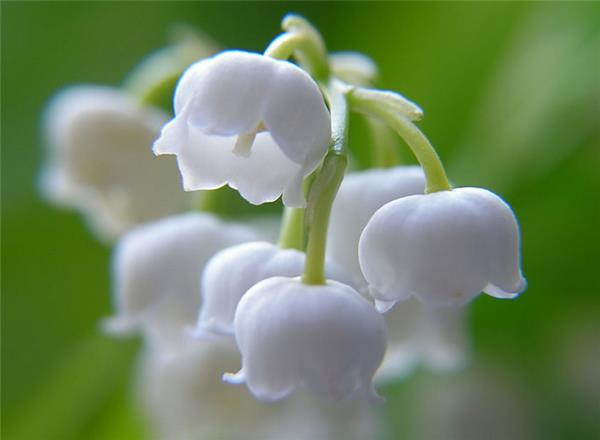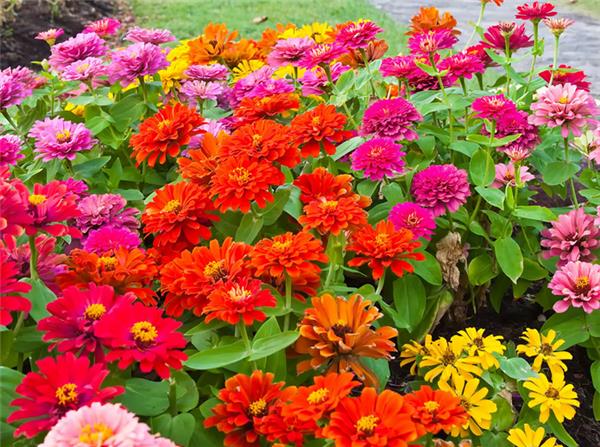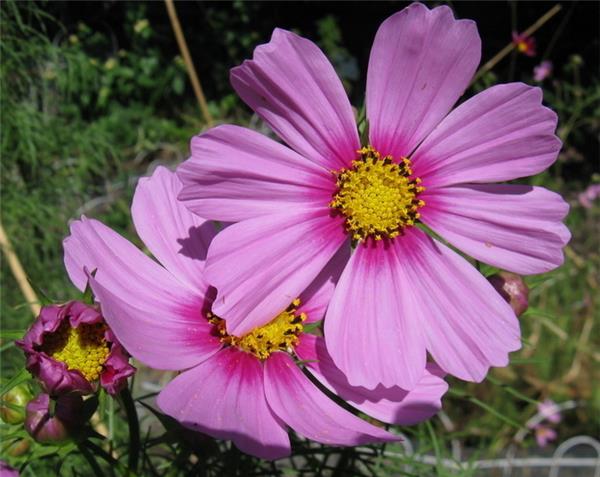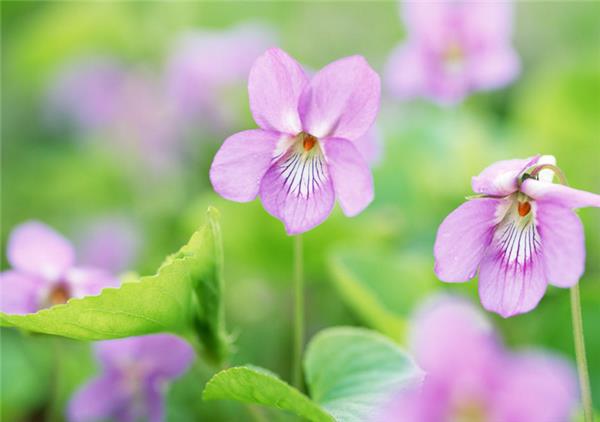How do flowers and trees survive the winter
Winter is cold, people can wear thick down jackets to spend the winter, so do you know how to spend the winter with flowers and trees?

How do flowers and trees survive the winter
Drop the leaves
When we talk about losing leaves, we will think of death, but for flowers and trees, losing leaves is a very important part of the winter. When flowers and trees lose their leaves, they reduce the respiration of their leaves, thus reducing the loss of water and nutrients. Especially in cold and sunless places, photosynthesis is less and less, so flowers and trees can only be stored in spring and summer and nutrition is used for winter. At this time, it is necessary to reduce the rapid loss of nutrients, so flowers and trees will lose their leaves in winter.
The roots are buried deep in the soil.
We all know that there is very little moisture on the surface of the soil in winter, so the roots of trees will go deep into the ground after winter. flowers and trees can not only keep themselves warm but also absorb water in this way. to prevent the loss of too much water and die.

Reduce one's own activities
In fact, flowers, trees and animals are the same, and their mobility will decline in winter. Except for the necessary life activities, there are almost no other activities.
Dress the tree
If some trees are not very cold-resistant, they need to wear thick clothes to prevent frostbite. The most common thing is to wrap the trunk of a tree with a rough grass rope to protect against the cold winter. If it is a shrub, you can also cover its roots with a thick layer of weeds to keep them warm.
Pruning
Sometimes, in order to make the flowers and trees survive the winter smoothly, professional architects will cut off the unnecessary parts of the flowers and trees with scissors, so that they can produce new branches and buds smoothly the following year.

Matters needing attention for the safety of flowers and trees during the winter
1. Lighting: effectively avoid "cold" symptoms
Near the festival, the flower market ushered in an army of flower buyers. However, many flowers and plants withered before Christmas, and the stems and leaves of Dryopteris and plum blossoms also became depressed. According to reports, these are the symptoms of flowers and plants with a "cold" and should be given appropriate light. Pomegranates, Christmas flowers and rubber trees all like direct sunlight; impatiens, crab claw orchids, Christmas flowers and rose flowers should extend the sunshine time as much as possible in winter. In addition, do not put it too close to the air conditioner or heater to prevent fumigation and scorching of branches and leaves.
2. watering and spraying should be treated differently.
The evaporation of plants in winter is much less than that in summer, so it is not necessary to water frequently. Only when it is found that the soil in the basin (less than 2-3cm) is dry and powdered, or when you knock on the basin body to make a crisp sound, you can irrigate the right amount of water (no more watering). In the water temperature, avoid the difference between water temperature and soil temperature, air temperature is too big. The watering time can be carried out before 10:00 and after 4pm. Such as rubber tree, Brazilian wood, rich tree, Milan, jasmine, wax plum, plum blossom, camellia, tea plum and other ornamental plants, in winter to control watering, reduce watering times and water. For wax plum, plum blossom and camellia that blossom in winter and early spring, watering should be controlled and more water should be sprayed to facilitate the formation of flower buds. Potted foliage plants such as tortoise back bamboo, Anthurium andraeanum and green pineapple moved indoors should be watered mainly and watered as a supplement to keep the potted soil dry.

3. Fertilization: low concentration fertilizer should be applied
Fertilizing flowers and trees in winter is very important, but not all flowers have to be fertilized. According to reports, the balcony potted plants in dormant and semi-dormant state should stop fertilizing. Gentleman orchids, calla lilies, pineapples, etc., can be poured with a mixture of 0.2% potassium dihydrogen phosphate and 0.1% urea; flowers and trees that are mainly ornamental flowers and fruits, such as Magnolia, Milan, pomegranate, crape myrtle, jasmine, etc., should be continuously applied with thin phosphate and potassium fertilizer; for most foliage plants, nitrogen fertilizer should be stopped and some low concentration potassium fertilizer should be applied properly to increase the cold resistance of flowers.
4. Pruning: essential before entering the room
Bonsai and potted flowers moved indoors should be cut off withered branches, overdense branches, disease and insect branches, thin branches, etc.; for bonsai that have been modeled for a year or two, they can be removed or re-bound in a different position to prevent them from being tied up in a fixed position for a long time.
5. Disease prevention: thorough treatment of diseases and insect pests
At present, it is still a serious season for diseases and insect pests, and flowers and trees are vulnerable to shell insects, red spiders, aphids, whitefly and other insect pests. The disease is manifested in leaf spot, branch rot and so on. Therefore, flowers should wash the basin wall and bottom before the winter, and find dead branches, disease and insect branches should be cut off. After moving into the house from the balcony, it is best to open the window for ventilation in the first week, so that the potted flowers gradually adapt to the temperature change, otherwise it is easy to make the potted flower leaves yellow and fall off. Generally should be placed in the indoor sunny warm place, put Xiyang potted flowers in the front row, shade-resistant or semi-shade-tolerant potted flowers in the middle and back row, and irregularly change the direction of potted flowers.
You can remove the ligature or re-bind it in a different position to prevent it from being tied up in a fixed position for a long time.
5. Disease prevention: thorough treatment of diseases and insect pests
At present, it is still a serious season for diseases and insect pests, and flowers and trees are vulnerable to shell insects, red spiders, aphids, whitefly and other insect pests. The disease is manifested in leaf spot, branch rot and so on. Therefore, flowers should wash the basin wall and bottom before the winter, and find dead branches, disease and insect branches should be cut off. After moving into the house from the balcony, it is best to open the window for ventilation in the first week, so that the potted flowers gradually adapt to the temperature change, otherwise it is easy to make the potted flower leaves yellow and fall off. Generally should be placed in the indoor sunny warm place, put Xiyang potted flowers in the front row, shade-resistant or semi-shade-tolerant potted flowers in the middle and back row, and irregularly change the direction of potted flowers.
Related
- Wuhan Hospital Iron Tree Blooming Result Was Instantly Frightened by the Gardener Master
- Which variety of camellia is the most fragrant and best? Which one do you like best?
- What is the small blue coat, the breeding methods and matters needing attention of the succulent plant
- Dormancy time and maintenance management of succulent plants during dormancy
- Minas succulent how to raise, Minas succulent plant pictures
- What are the varieties of winter succulent plants
- How to raise succulent plants in twelve rolls? let's take a look at some experience of breeding twelve rolls.
- Attention should be paid to water control for succulent plants during dormant period (winter and summer)
- Watering experience of twelve rolls of succulent plants
- Techniques for fertilizing succulent plants. An article will let you know how to fertilize succulent plants.



